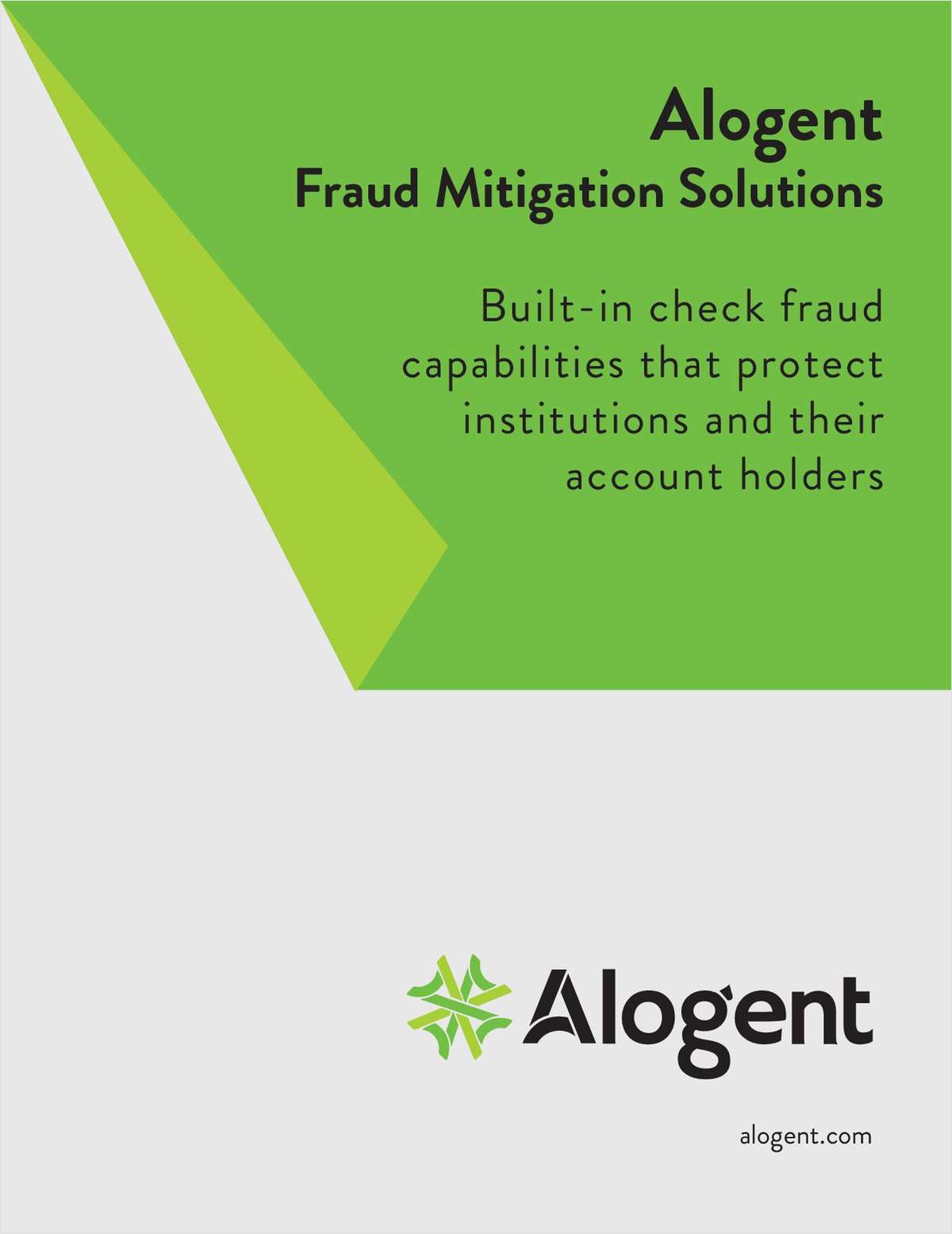 Tired of waiting for an opening at the pediatrician's office, I took my son to an urgent care facility yesterday.
Tired of waiting for an opening at the pediatrician's office, I took my son to an urgent care facility yesterday.
I noticed the clinic's storefront a couple of weeks ago in a relatively new shopping development. Hmmm, I thought as I drove by, that place looks completely empty.
First, I checked online. The clinic had an attractive, well organized website that told me everything I needed to know: Location, services provided, clinic hours and background information on all medical personnel.
The waiting room was clean, nearly empty and provided the standard magazines, TV, toys and even a Keurig machine.
Onboarding was quick and simple. I completed a few forms, provided insurance information and soon after we were led to an exam room where a nurse practitioner discussed my son's symptoms and took his vitals. Soon, the doctor came in, examined his ears and confirmed the problem, a run of the mill ear infection. She wrote a prescription for Amoxicillin and sent us on our way.
We were in and out in less than an hour.
Like financial services, many health care services are practically commodities. When shopping for a commodity, convenience trumps trust, corporate structure and even price.
Sure, when it comes to major surgery, a chronic disease or childbirth, you want to develop a relationship with a doctor you can trust.
But an ear infection? This was the health and well being of my only precious blessing, yet trust still wasn't worth waiting days for an appointment and hours in a waiting room for this sleep deprived, working mama.
I'm all for modernizing field of membership rules, but redefining geographical boundaries and tweaking merger regs are only a temporary fix. Going a step further to Capitol Hill to weaken or eliminate common bond requirements not only dangerously blurs the lines between credit unions and mutual savings banks, it would inevitably produce unintended legislative consequences.
Yes, we need FOM modernization, but credit unions must also redefine membership value.
They can steal some ideas from subscription-based retail companies.
Blue Apron, a meal package delivery service to which I subscribe, provides a great example. Each week, the service ships an insulated box of ingredients to make two or three meals, depending upon the subscription selected. The company's website is well organized and easy to use. Blue Apron automatically selects the week's menu, but subscribers can also modify it by selecting from a few choices online.
The service isn't knock-your-socks-off amazing, but it's exactly what I need. The few times a shipment delivered damaged or missing ingredients, I used the 'contact us' email address to report it. I received prompt apologies and credits to my bill.
Subscribers are also free to skip a week, a common feature of this business plan. Consumers hate long-term contracts like those levied by mobile providers, or memberships that refuse to die.
Blue Apron revolutionized the grocery commodity by eliminating a trip to the supermarket, and the premeasured ingredients also eliminate produce waste. The service also eliminates menu planning drudgery.
That's Blue Apron's added value. Those who subscribe to the service want more than an easy meal shipped to their door - those folks use the nifty Dominos app. Blue Apron subscribers are foodies who lack the time and energy to pursue their hobby the old fashioned way.
That common bond is real. I regularly post photos of my Blue Apron meals on Facebook along with everyone else in the foodie community.
Credit unions need to consider the new reality of consumer value and adjust their business model accordingly.
They must find a way to deliver commoditized products like auto loans as conveniently as my urgent health provider did, and abandon my pediatrician's outdated delivery methods that can keep patients waiting hours beyond their appointment time.
At the same time, credit unions must re-examine field of membership values and needs, as Blue Apron has done.
Credit unions that figure out how to disrupt delivery and provide real value will be the survivors and thrivers of the future.
Complete your profile to continue reading and get FREE access to CUTimes.com, part of your ALM digital membership.
Your access to unlimited CUTimes.com content isn’t changing.
Once you are an ALM digital member, you’ll receive:
- Breaking credit union news and analysis, on-site and via our newsletters and custom alerts
- Weekly Shared Accounts podcast featuring exclusive interviews with industry leaders
- Educational webcasts, white papers, and ebooks from industry thought leaders
- Critical coverage of the commercial real estate and financial advisory markets on our other ALM sites, GlobeSt.com and ThinkAdvisor.com
Already have an account? Sign In Now
© 2024 ALM Global, LLC, All Rights Reserved. Request academic re-use from www.copyright.com. All other uses, submit a request to [email protected]. For more information visit Asset & Logo Licensing.









